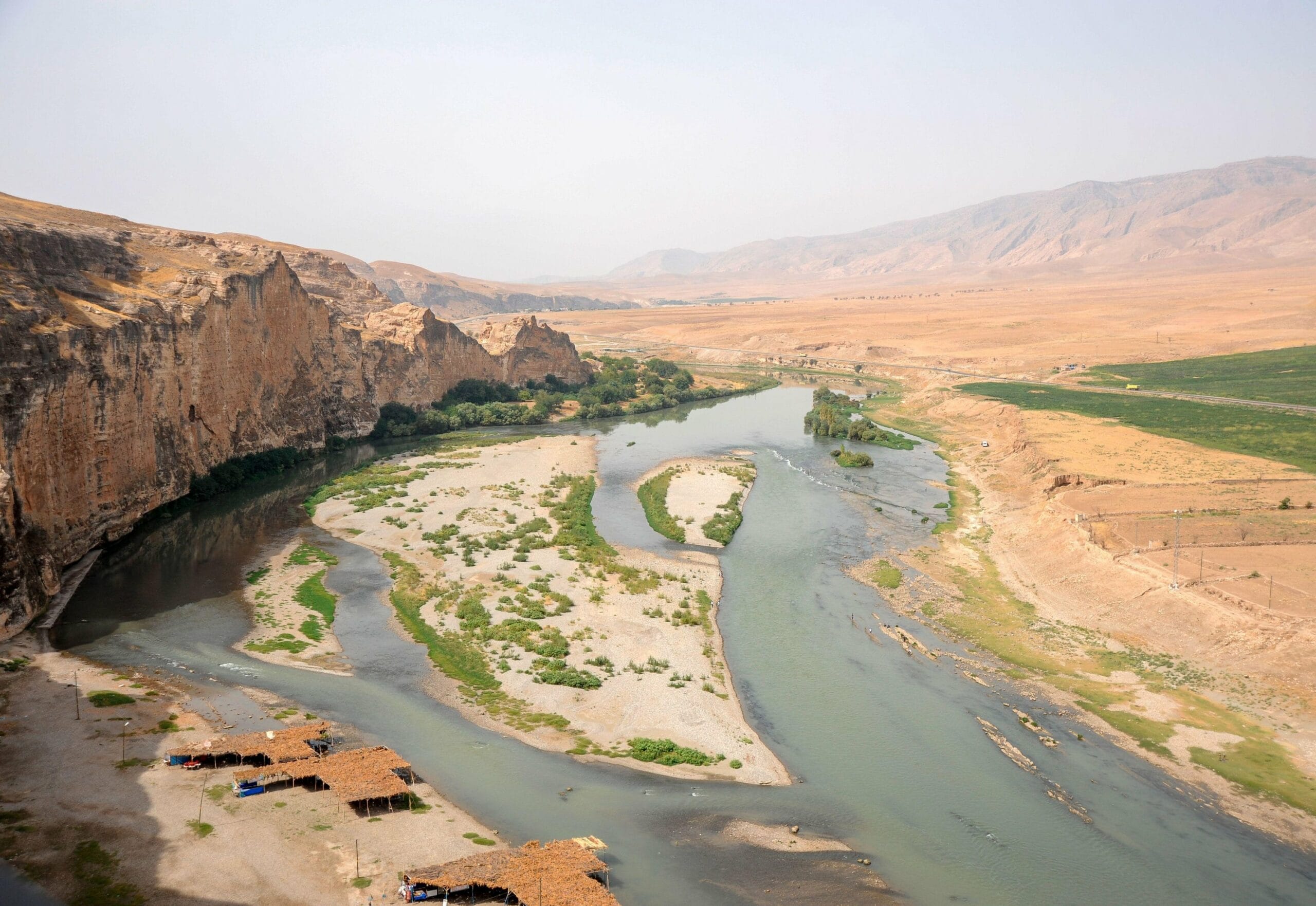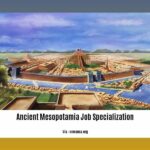Samarra: Where Abbasid Grandeur Meets Modern Iraq
The Tigris River, a vital artery coursing through the heart of Mesopotamia, has witnessed the rise and fall of countless civilizations. Along its banks, nestled amidst the echoes of a glorious past, lies Samarra, an Iraqi city where the whispers of history intertwine with the pulse of modern life. This exploration delves into Samarra’s rich tapestry, from its ascendance as the Abbasid capital to its present-day realities.
The Abbasid Era: Samarra’s Golden Age
Samarra’s prominence emerged during the Abbasid Caliphate. In 836 AD, Caliph Al-Mu’tasim designated Samarra as his new capital, a decision that would irrevocably shape the city’s destiny. For nearly sixty years, Samarra flourished as the heart of a vast empire, a beacon of power, religious fervor, and cultural exchange. This era witnessed the construction of magnificent structures, showcasing the architectural ingenuity of the time. The Great Mosque of Samarra, a colossal edifice dominating the cityscape, stands as a testament to this golden age. Its most distinctive feature, the Malwiya Tower—a spiraling minaret unlike any other—became an enduring symbol of Samarra’s power and influence. Architectural historians believe that its design, particularly the spiral minaret, may have influenced other buildings across the Islamic world, reaching as far as Spain. There is still debate about the minaret’s exact purpose, however, with some suggesting it was inspired by ancient Mesopotamian ziggurats. Discover the enigmatic k2 megalith, a relic of ancient civilizations, and delve into the intriguing world of kinaalda, where ancient knowledge and traditions whisper through the ages.
Samarra Beyond the Caliphate
Even after the capital shifted to Baghdad in 892 AD, Samarra retained its significance. Its architectural legacy endured, attracting scholars and visitors alike, drawn to the intricate carvings and dazzling glazed tiles adorning its mosques, palaces, and mausoleums. These structures, silent witnesses to centuries of history, whisper tales of power, faith, and artistic brilliance. This enduring legacy led UNESCO to designate Samarra as a World Heritage Site, recognizing its importance for future generations. The Al-Askari Shrine, a revered pilgrimage site for Shia Muslims, further underscores Samarra’s spiritual significance. Sadly, the shrine has faced challenges in recent years, adding another layer of complexity to the city’s story.
Samarra Today: A City in Transition
Today, Samarra is the administrative center of Saladin Governorate, a bustling hub with a population exceeding 120,000. It’s a city navigating the complexities of modern life, balancing its historical heritage with the demands of a growing population. Modern infrastructure, including universities and hospitals, exists alongside ancient ruins, creating a unique juxtaposition of old and new. The Tigris River, Samarra’s constant companion, continues to play a vital role in the city’s life, supporting agriculture and providing sustenance. However, like other Iraqi cities on the Tigris, Samarra faces challenges such as water scarcity and pollution, requiring innovative solutions for sustainable development.
Iraqi Cities on the Tigris: Beyond Samarra
The Tigris River, flowing from the mountains of Turkey through Iraq, has cradled numerous civilizations. Several cities along its banks have risen to prominence, serving as capitals and centers of power, each contributing to the rich tapestry of Mesopotamian history.
Baghdad: The Modern Metropolis
Baghdad, the current capital of Iraq, stands as the most populous city on the Tigris. Founded in 762 AD by the Abbasid Caliph Al-Mansur, Baghdad quickly became a center of learning, culture, and trade during the Golden Age of Islam. Its strategic location, just 40 km west of the Euphrates River, and the confluence of the Diyālā River southeast of the city, contributed to its growth and prosperity. Baghdad’s altitude of 34 meters above sea level also influences its climate and environment. While Baghdad faces contemporary challenges, it remains a pivotal city in the Middle East, a testament to its enduring importance.
Mosul: A City of Resilience
Approximately 400 km north of Baghdad, Mosul sits on the Tigris, marking its position as the second largest city in Iraq by both population and area. Mosul’s historical significance is considerable, although it has faced recent struggles and conflicts that have impacted its development.
Tikrit: Administrative Hub
Tikrit, located 140 km northwest of Baghdad and 220 km southeast of Mosul, serves as the administrative center of Saladin Governorate. Situated along the Tigris, Tikrit’s population in 2012 was approximately 160,000, demonstrating its role as a regional center.
Seleucia: Echoes of an Ancient Empire
Seleucia, located on the west bank of the Tigris within present-day Baghdad Governorate, offers a glimpse into a more distant past. Founded around 305 BC by Seleucus I Nicator, it served as the first capital of the Seleucid Empire, a powerful Hellenistic kingdom. Seleucia’s strategic position on the Tigris facilitated trade and communication, contributing to its growth as a major Mesopotamian metropolis. While Seleucia eventually declined, its ruins provide valuable insights into this pivotal period of history.
Ashur: The First Assyrian Capital
Further upstream, Ashur stands as one of the oldest cities in Mesopotamia. Located on the Tigris, it served as the first capital of the Assyrian Empire. Ashur’s origins stretch back millennia, offering a window into the lives, beliefs, and ingenuity of one of the world’s earliest civilizations. Ongoing archaeological excavations at Ashur continue to unveil new information about this ancient city and its powerful empire.
The Tigris: Shaping Iraq’s Future
The Tigris River, more than a geographical feature, is integral to Iraq’s identity and future. The cities along its banks face shared challenges, including water scarcity, pollution, and the aftermath of conflict. However, there is a growing awareness of the need for sustainable development. Efforts are underway to revitalize the Tigris, protect its ecosystem, and ensure its continued vitality for future generations. Investing in renewable energy sources and preserving the rich cultural heritage of cities like Samarra are crucial steps towards a more sustainable and prosperous future. Ongoing research and archaeological discoveries promise to further illuminate the history of these cities and their relationship with the Tigris, ensuring that the river’s story, and the stories of the civilizations it has nurtured, continue to be told.
- China II Review: Delicious Food & Speedy Service - April 17, 2025
- Understand Virginia’s Flag: History & Debate - April 17, 2025
- Explore Long Island’s Map: Unique Regions & Insights - April 17, 2025
















